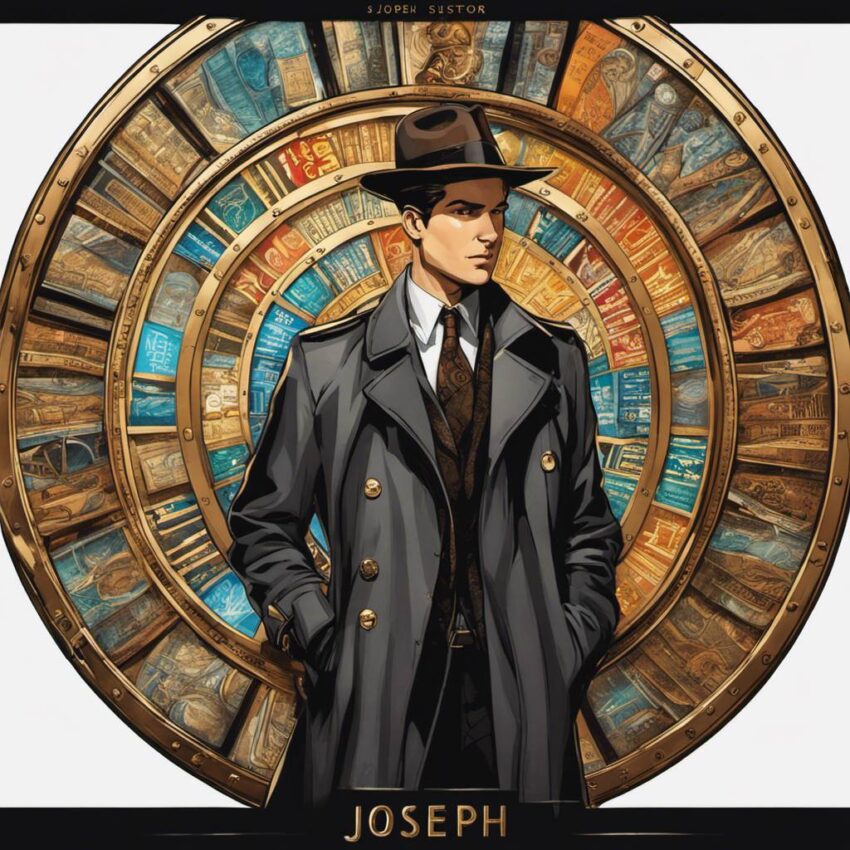When readers or critics label my Joseph Spector novel series, which includes “Death and the Conjuror” and its sequel, “The Murder Wheel,” as “cozy,” I find myself resisting the categorization. Don’t misunderstand me; I bear no grudge against cozy murder mystery books. However, I don’t necessarily identify my work within this genre. For me, the most captivating part of any crime novel, regardless of whether it’s a light-hearted cozy or a hard-boiled police procedural, is always the enigma at its heart. I view the Spector novels as mysteries, plain and simple, set in the backdrop of 1930s London and echoing the so-called “Golden Age of Detective Fiction.”
Some readers may automatically categorize whodunits from the ’20s, ’30s, and ’40s as cozy, but I beg to differ. Take Agatha Christie for example: her novels such as “Endless Night,” “Towards Zero,” “Murder is Easy,” “Mrs. McGinty’s Dead,” and “A Caribbean Mystery” provide bone-chilling depictions of psychopathy. Similarly, “The Pale Horse” is a chilling narrative of murder camouflaged as witchcraft, boasting an ingenious murder method that was later adopted by a real-life murderer. There’s nothing cozy about these stories!
One of my personal favorite authors from the Golden Age is John Dickson Carr, who was deeply influenced by Edgar Allan Poe. Poe’s vivid and gruesome sensibilities permeate Carr’s early work, and I have attempted to reflect this in my own books. I deliberately chose to incorporate elements of the strange, the surreal, and the baroque into my stories. Carr was also renowned for his locked-room mysteries, a genre I take pleasure in replicating; my fictional detective, Joseph Spector, is a retired music hall magician with an uncanny ability to unravel the most baffling mysteries. The elements of magic and outright eccentricity in these stories make for unconventional investigations.
I am also a passionate researcher, and writing “The Murder Wheel” led me down some intriguing historical paths. For example, the novel kicks off with a sensational murder case where a wife is suspected of killing her husband atop a Ferris wheel. Although the case is fictional, the main suspect, Carla Dean, shares certain similarities with real-life murder suspects Edith Thompson and Elvira Barney, who were tried for murder in the 1920s. I also delved into several real-life locked-room mysteries – crimes where it seemed impossible for the murderer to have left without a trace. These include the infamous unsolved murders of Joseph Bowne Elwell and Isidore Fink, which have become legendary among true crime enthusiasts.
The novel also explores the worlds of professional illusion and theatre. Real-life magic tricks like the bullet catch and the “Assistant’s Revenge” are featured, as well as a cameo by P.T. Selbit, the illusionist often credited with popularizing the “sawing the woman in half” trick.
However, above all else, I view the book itself (and the Spector series as a whole) as a sort of literary magic show. Regardless of genre – whether you’re a fan of cozy mysteries, historicals, procedurals, or simply whodunits – I hope that you will enjoy immersing yourself in the vibrant, peculiar, and enigmatic world of “The Murder Wheel.”
“The Murder Wheel” by Tom Mead is set to be published by Head of Zeus on 12 October at £20. If you’re a fan of murder thriller books for sale or female detective titles, you’ll surely find this novel intriguing. It’s not just another cozy mystery but an amateur sleuth story that will keep you guessing until the end.


